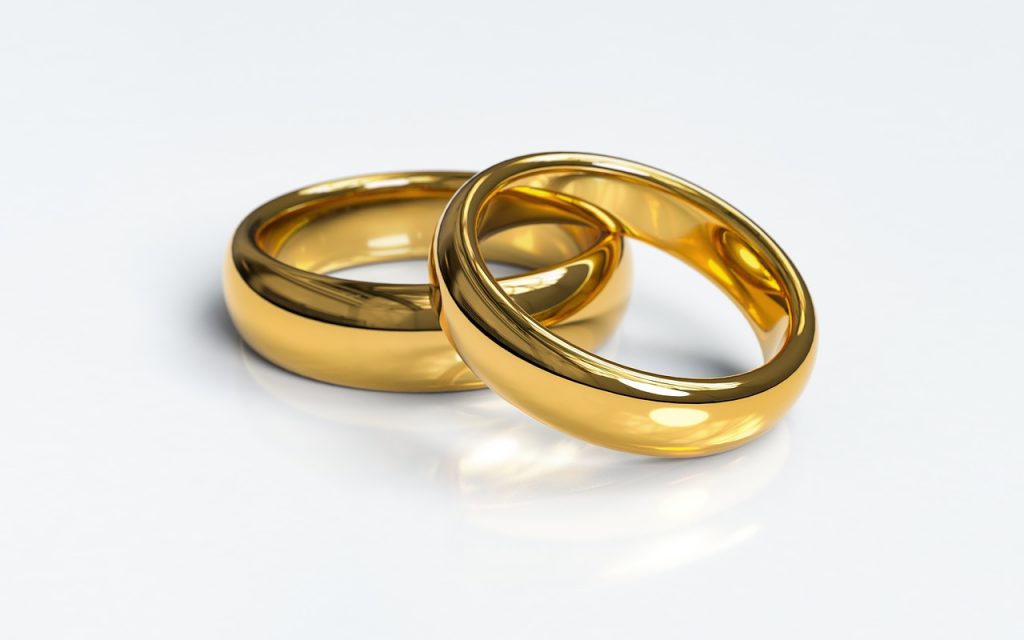What Is An Oura Ring And Why It’s One Tech Gadget You Should Absolutely Own
Oura Ring is a health tracker that keeps users updated on pulse rate, blood oxygen levels, sleep quality, body temperature, and more.

The Oura Ring is a small health-tracking device that, in many ways, is superior to the Apple Watch. Sleek and simple, it slips over your finger instead of your wrist like most fitness trackers. Through an app on your phone, the Oura Ring can keep you up to date on your pulse rate, blood oxygen levels, sleep quality, body temperature, and more.
A basic silver or black Heritage style Oura Ring costs $299 while the Horizon style starts at $349. The rings are available in more expensive finishes, including gold, rose gold, and a matte black called Stealth. Each style has identical technical and hardware capabilities and is water resistant up to 100 meters.
While rings aren’t for everyone, many find wearing them less annoying than strapping a large smartwatch to their wrist all day and night. Some people get skin irritation from wearing a fitness tracker 24/7, while others dislike the permanent tan line they leave behind. And with few exceptions, fitness watches aren’t the most attractive accessory you’ll ever wear.
The Oura Ring has a huge following among the rich and elite. Prince Harry wears one, NASCAR drivers and staff wear them, and NBA and WNBA players rely on them for accurate fitness data. The device is also popular in Hollywood, gracing the hands of Gwyneth Paltrow, Jennifer Anniston, and Kim Kardashian.
Oura Ring is particularly useful for women because it provides reliable menstrual cycle data. It accurately detects the temperature changes that happen during the monthly cycle. It’s particularly useful for women with irregular cycles because it can provide advanced notice that a period is on the way.
According to Adrienne So’s review for Wired, this is one of the Oura Ring’s more impressive features. “…it did accurately detect when my body temperature fell right before my period started—a temperature drop that is so slight that most women use ultrasensitive, specialized basal body thermometers,” said So. “It’s been used in medical studies to track hormone changes in women, which is quite an upgrade from having to manually plug that data into a Garmin or Fitbit.”
Another of the Oura Ring’s coolest features is that it creates your own personalized baseline metrics instead of comparing you to the general population. Each ring has two infrared LED sensors, two negative thermal coefficient body temperature sensors, a gyroscope, and a 3D accelerometer. Over the first two weeks of wearing the ring, it will use these sensors to figure out your body’s unique patterns.
After your baseline is established, Oura Ring measures any deviations from your personal norm. The information it collects is shown in three separate metrics in the app: your sleep score, activity goal progress, and a readiness score. Similar to Garmin’s Body Battery, the Oura readiness metric will tell you how ready you are to seize the day.
Scott Stein’s Oura Ring review on CNET mentioned his appreciation for getting readiness goals instead of completion or performance goals. “The Oura ring has completion goals, but a lot of its daily metrics are holistic: Does it look like you’re doing OK today? Does that affect how you plan your day?” This means that Oura Ring has a more proactive approach to overall health instead of a format that shares whether you met that day’s goals or not. This can help users notice sooner if they might be getting sick or if it’s time to schedule a little more relaxation. Overall, the Oura Ring appears to be an excellent alternative to Fitbit, Apple Watch, Garmin, and other fitness trackers.











